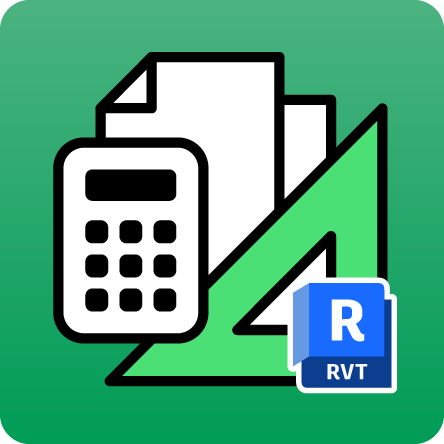Bill of quantities of BIM models
The "Bill of quantities of BIM models" module connects Arquimedes and Revit directly via the MedBIM - Revit Plugin and allows the Open BIM Quantities program to be run.
With the permission for this module, users are free to choose whether to use one program or another for the connection and management of the bills of quantities of BIM models according to their interests and needs.
RVT module in Arquimedes / MedBIM Plugin - Revit
The "Bill of quantities of BIM models" module can be used to connect directly between the CYPE Arquimedes program and Autodesk Revit (version 2015 and later), to obtain the quantities and generate the bill of quantities from a Revit BIM model.
On the one hand, by installing the MedBIM - Revit Plugin, users who have Revit but not Arquimedes can generate a quantity extraction file (.mcsv) from Revit of the BIM model. To import the file into Arquimedes and extract the bill of quantities, a license to use Arquimedes and the "Bill of quantities of BIM models" module are required.
On the other hand, by installing the MedBIM - Revit Plugin and having at least the licenses to use Revit, Arquimedes and the "Bill of quantities of BIM models" module, a direct link to Arquimedes can be made from Revit, and operate through a specific interface.
Detailed information about the features of the MedBIM - Revit Plugin can be found on this page.
RVT Module in Open BIM Quantities
The "Bill of quantities of BIM models" module generates the bill of quantities of BIM models in Open BIM Quantities and is the basic module that enables the use of this program.
Using Open BIM Quantities, a BIM model defined using the IFC standard can be imported by linking it to a BIMserver.center project. The necessary quantity criteria can then be configured to transform the data of the elements or components of the model into items, thus facilitating the quantities and generation of the bill of quantities.
Detailed information about the features of Open BIM Quantities can be found on this page.




